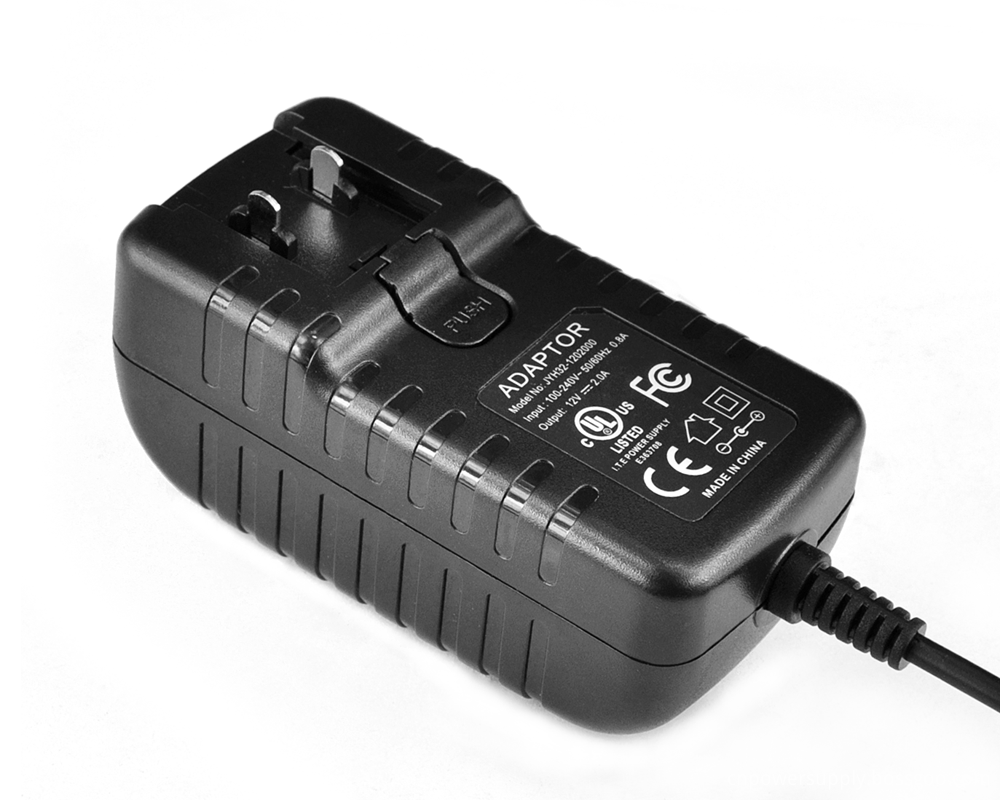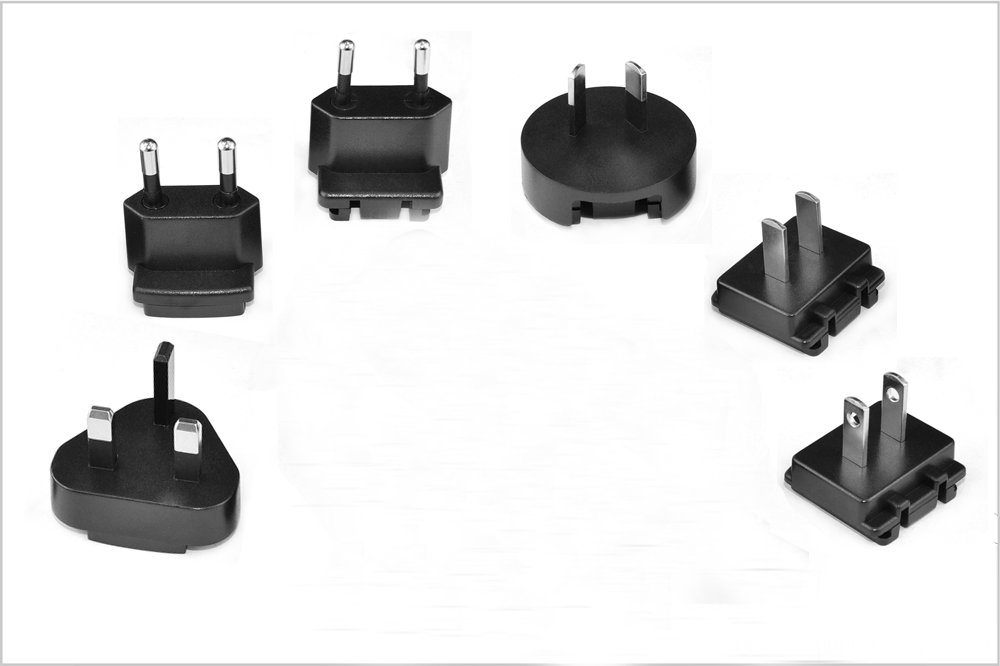Abstract: Hospitals are a special kind of building. The design of traditional hospital buildings is influenced by many factors such as economy and society. The consideration of color and light environment is not sufficient. Nowadays, hospital buildings have made new breakthroughs in design concepts, and the design is becoming more and more human. More and more architects have considered light and color in their designs. This paper describes the design theory and color theory of hospital building light environment.
The hospital is a place for human beings to maintain good health and restore labor function. It is an important position for human survival and reproduction and disease resistance. The emergence and development of hospitals are deeply influenced by society, economy, science and culture, and are closely related to medical technology and other technologies.
The hospital consists of three parts: the medical part, the logistics life service part and the administrative part. The medical part is the main body of the hospital. The medical part can be further divided into three parts: the door (emergency) department, the medical technology department and the inpatient department. These three parts are very different for the light environment and color due to the different functions and usage requirements.

1 Light environment design in hospital buildings
Like most buildings, most of the rooms in a hospital building require plenty of daylight. The ophthalmology clinic requires uniform illumination and the vision check requires bright light. The main function space of the hospital care unit is the ward. As the function space for the patient to rest and rest, the ward has no special requirements for the lighting, and the window ratio can reach 1/7. However, in order to better provide inpatients with good hospitalization conditions, in fact, the best orientation is often given to the ward when designing the ward, while the auxiliary rooms, such as the medical duty room, the dispensing room, and the dirty wash Will be set in a poor orientation, or even a black room.
The hospital's door (emergency) and medical technology departments are often huge. The respective areas of these two departments are thousands of square meters or even tens of thousands of square meters. Therefore, the depth of the building is very large, and such a large depth is very unfavorable for the lighting of many rooms. For the treatment of the light environment of such rooms, two methods are often used: l. The whole building is designed to be dispersed, and a plurality of limbs are combined to form a complete functional space;
2. The whole building is designed as a large body block, and the patio is opened in the center of the block (lighting court).
In addition to visible light, there are many invisible lights that are invisible to the naked eye due to the influence of various medical instruments in hospital buildings. This should be fully considered in the design. In the design of ordinary civil buildings, the design of the room often requires good lighting. In the design of hospital buildings, combined with the requirements of the use of hospital building space, not only the light channel should be reasonably arranged, but also the light barrier should be properly set up to form a dark room (black room), which should be seriously considered in hospital design. problem.
In the design of the hospital, the room such as the microscopic examination room, the dissection room, the drug storehouse, and the drug preparation room requires lighting, but it should not be exposed to direct sunlight, and indirect lighting should be used. In the function examination room, endoscope and other rooms, an effective shading barrier should be provided to ensure the observation of the instrument. The x-Rav Diagnostics Office requires a more rigorous and effective shading barrier to isolate stray light that affects observations and radiation that is harmful to humans. The rooms in the cT and MRI (magnetic resonance scanning) rooms, the X-Ray diagnostic room, the cobalt 60, and the accelerator treatment room are more restrictive to these rooms due to their high radioactivity. In the design process, the darkroom is often made, and even these rooms are arranged on the underground floor, which saves space and meets the requirements for use. In addition, in the outpatient examination room of the ophthalmology department and the otolaryngology department, some dark rooms for inspection are also provided. Because some of the inspections in these departments are required to be protected from light.
2 The use of color in hospital buildings
2.1 The effect of color in hospital buildings
As a visual element, color plays an important role in the use of architecture. In summary, color can be divided into psychological effects, physiological effects, physical effects, and so on. In the architectural design, the psychological and physiological effects of color are mainly applied.
a, the psychological effect of color
The psychological effects of color are produced by physiological effects, that is, by the perception of the eye, and then by the brain. When people are stimulated by color, they will react to color, have a great impact on people's mind and body, and can influence people's emotions and behaviors. For example, in a red environment, due to the red stimulus, the heartbeat and pulse of the person can be accelerated, thereby generating a sense of heat. On the contrary, in the blue environment, it will give people a feeling of silence and loneliness, which will weaken the heart's heart and slow down the pulse. This is the effect of color from physiology to psychology...
b, the physiological effect of color
The more direct color is the physiological response of humans, animals and plants, which has an impact on living animals and plants. For example, vermiculite can raise blood pressure, while yellow, on the other hand, can lower blood pressure. Light blue is conducive to the decline of body temperature in patients with high fever. Pink has the effect of nourishing blood and nourishing the heart. Both pale purple and light green have sedative and stable effects and can treat neurasthenia.
Studies on the effects of color physiology have shown that the spectrum of "red, orange, yellow, green, blue, blue, and purple" is exactly the same as the stimulation of human color to depression. The green color in the middle of the spectrum is therefore called the "physiological balance color." Studies have shown that the human brain and eyes need the middle gray, and if it is lacking, it will become unstable and unable to achieve balance and rest. This fact is also the root of the visual residual phenomenon. After the Second World War, American color experts took the lead in applying "color adjustment" technology to the operating room of the hospital, brushing the white wall into green, not only stabilizing the doctor's mood, but also eliminating the doctor's long-term blood red color. Visual fatigue. This improvement has greatly improved the efficiency of doctors [2].
c, application
Knowing the functional characteristics of color, if used correctly, will help relieve fatigue, suppress irritability, regulate mood, and improve body function. American color science expert Gyber (w.Ger-
Ber) believes that color is a complex art means that can be used to treat diseases. Mild and pleasant yellow can moderately stimulate the nervous system, improve brain function, and have effects on muscle, skin and solar nervous system diseases. Therefore, in the design of modern hospitals, the light-toned beige and creamy yellow have become the tone of the hospital interior color, rather than the white color that people used to think. Purple can relax nerves, relieve pain, and can regulate the insomnia and mental disorders. Purple can also calm pregnant women, and can use light violet tones in the maternity ward. Calm blue can soothe muscle tension and relax nerves, suitable for ENT selection.
2.2 Application of color in hospital buildings
In the hospital building, in addition to the special space for medical treatment, the general color of the large area should be light and elegant, suitable for the use of high-lightness, low-color harmonic color, and the color of the building group should be unified and coordinated to form the tone. The color of the inpatient ward, for the northern region, the ward can choose to use warm colors, while the southern region should use cool colors. The color of the children's ward should be bright and bright, with ornaments and furniture to create an active atmosphere. However, even in the children's ward, the large background color should choose a calm and elegant color.
As a diagnostic use room, you can not install colored glass windows and dark tiles to prevent the transmitted light and reflected light from changing the color of the patient's skin and tissues and organs, and interfere with the doctor's correct judgment.
3 Conclusion
Hospital architecture is a special type of building. In hospitals, the proper use of light environment design theory and color theory is not necessarily the key to the success of hospital design. However, in a successful hospital architectural design, the theory of light environment design and color theory must be used reasonably.
The design of hospitals in our country is not advanced in the world. The existing hospitals cannot meet the requirements of modern medical treatment and need to be reconstructed and reconstructed. In the process of transformation, if we can fully consider the role of light and color in hospital architectural design, it will greatly improve the architectural design level of our national hospital and improve the medical treatment environment.
Edit: Nizi
22V Plug in wall charger with interchangeable plugs was wildly used for tablet, bluetooth speaker, massage chair, humidifier, juice extractor, coffee machine, small household appliance, fingerprint scanner, CCTV camera-etc. For this 22V detachable plug power adapter, there are 6 different plugs types –Chinese plug, US plug, European Union plug, Korea plug, Australia plug and UK plug,you can only take one 22V plug in wall power adapter with you when you traveling among these 6 countries/regions. And we can also make more plugs if you tell us your specific requirement.
All our 22V wall mount Detachable Plug Power Adapter were get through 100% full-load burning test for at least 2 hours, and 3000Vac withstanding voltage test for 1 minutes.


22V Detachable Plug Power Adapter
22V Detachable Plug Power Adapter,Ul Detachable Plug Power Adaptor, 22V Adapter For Detachable Plug Power
Shenzhen Juyuanhai Electronic Co., Ltd. , https://www.powersupplycn.com